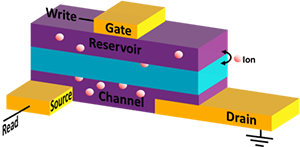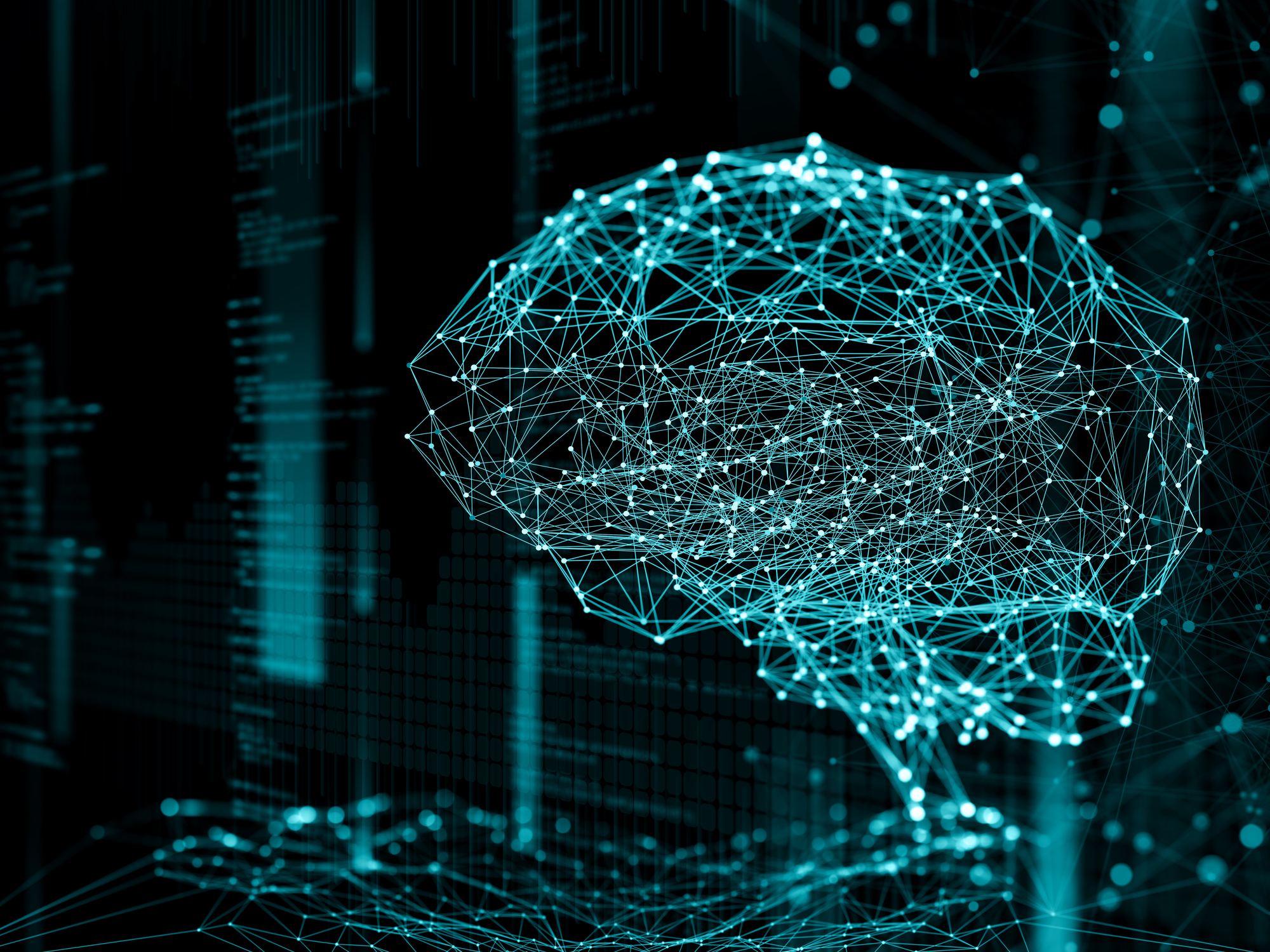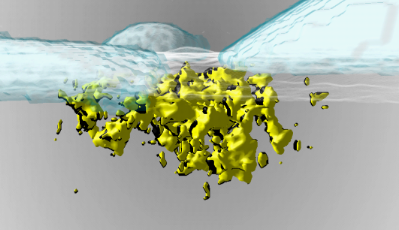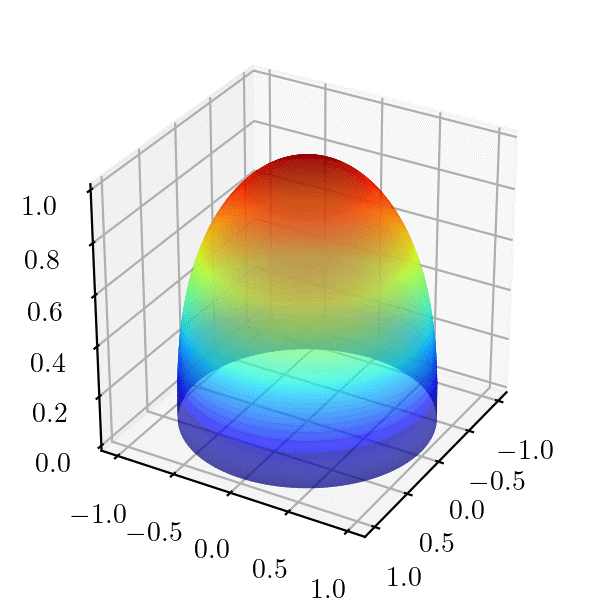News Article, June 7, 2023 • Work on this project revealed fundamental principles of electrochemical random access memory and established a viable path toward its integration with complementary metal-oxide semiconductor. Data-heavy workflows such as AI require in to increase system efficiency. Work on this memory computing, so this LDRD team focused on creating analog resistive nonvolatile...



